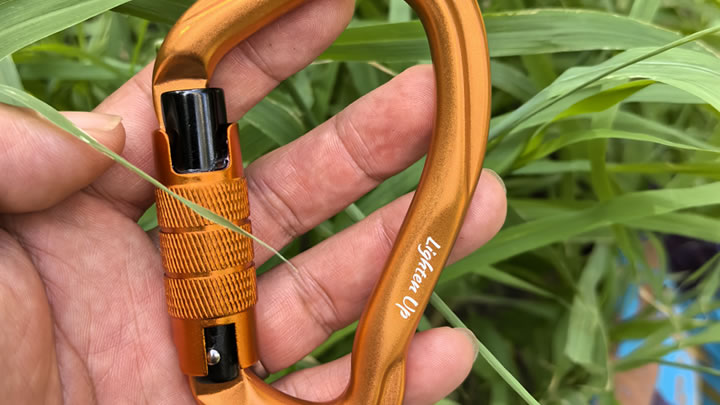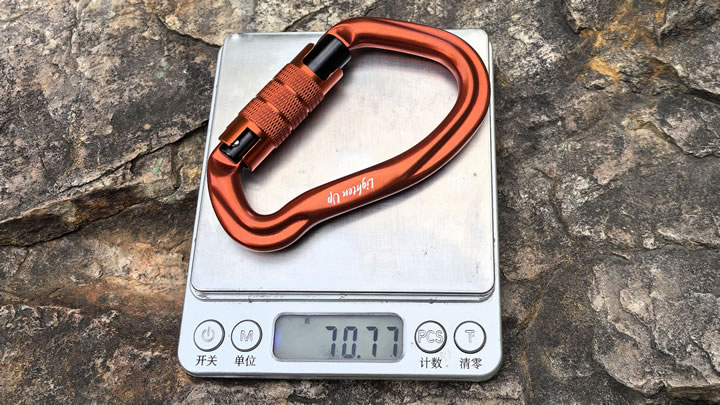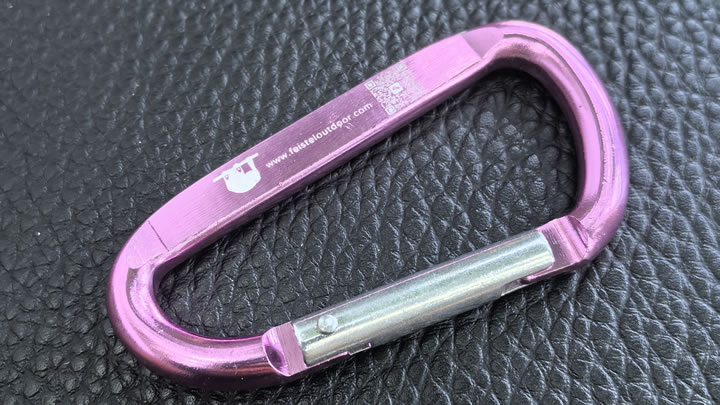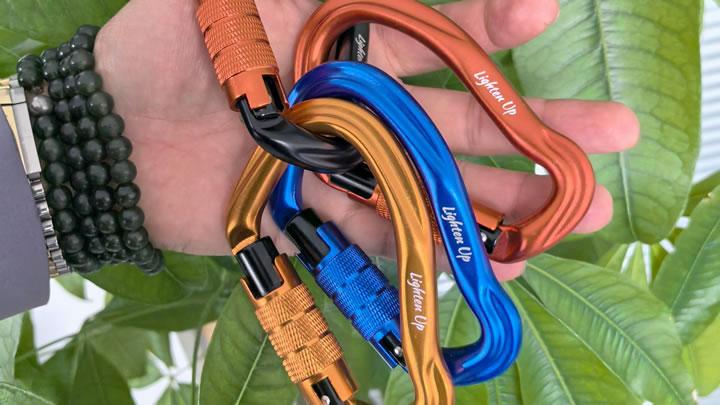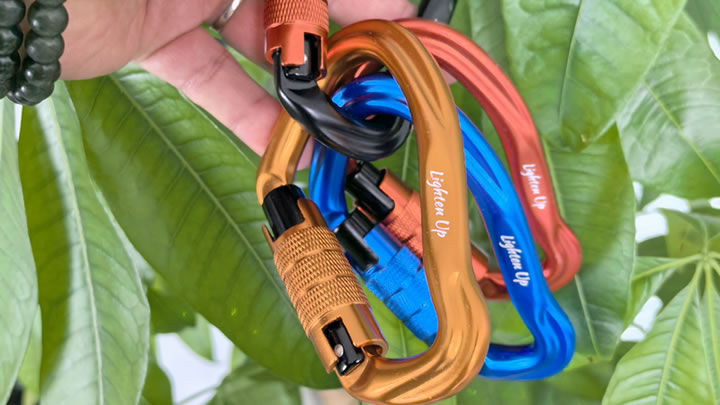Walking sticks with seat attachment: Are they worth it?
Walking sticks with built-in seats promise convenience for those needing rest during walks, hikes, or errands. But do they deliver on functionality, safety, and comfort? This review weighs the pros, cons, and ideal use cases to help you decide.
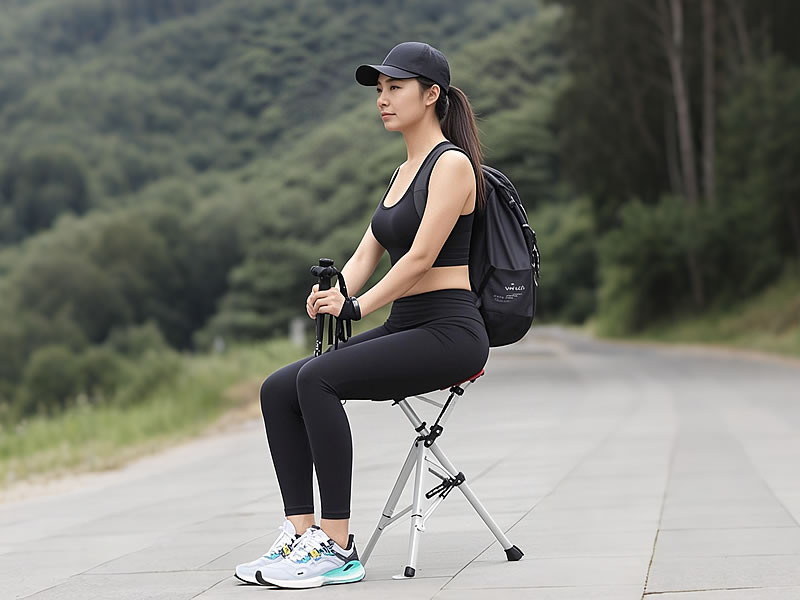
How Do Walking Sticks with Seats Work?
These hybrid tools combine a foldable seat (typically 8–12 inches wide) with a walking stick. The seat unfolds into a small stool, often supporting 220–300 lbs, while the stick provides balance. Most models collapse for portability.
Pros of Seat-Attached Walking Sticks
- On-Demand Rest: Ideal for seniors, arthritis sufferers, or hikers needing frequent breaks.
- Lightweight Design: Many weigh under 2 lbs (e.g., Drive Medical model).
- Multi-Terrain Use: Some include rubber-tipped feet for grass, gravel, or pavement.
- Space-Saving: Foldable designs fit in car trunks or backpacks.
Cons to Consider
- Limited Seat Stability: Uneven ground may cause wobbling; always test on flat surfaces first.
- Reduced Stick Functionality: Heavier than standard walking sticks, affecting maneuverability.
- Lower Weight Capacity: Avoid models under 250 lbs if you need robust support.
- Price: Quality seat sticks cost 50–50–150, versus 20–20–60 for basic canes.
Who Should (and Shouldn’t) Use Them?
✅ Ideal For:
- Seniors attending outdoor events (e.g., festivals, gardens).
- Hikers on moderate, well-maintained trails.
- Recovering patients building stamina.
❌ Avoid If:
- You need a stick for steep/rocky terrain.
- You require a high-weight-capacity seat (over 300 lbs).
- Budget is tight (prioritize a traditional walking stick).
Top 3 Walking Sticks with Seats
- Hugo Mobility QuadPodPros: Quad-base stability, 300-lb capacity, adjustable height (32″–38″).Cons: Heavy (2.5 lbs).Price: $129.
- Drive Medical Folding Seat CanePros: Affordable ($55), lightweight (1.8 lbs), includes storage pouch.Cons: Less sturdy on uneven surfaces.
- Stander Security Cane with SeatPros: Wide seat (12″), slip-resistant feet, doubles as a reach tool.Cons: Bulky when folded.
Key Features to Look For
- Locking Mechanism: Ensure the seat locks securely in place.
- Adjustable Height: Telescopic sticks (e.g., 30″–38″) suit multiple users.
- Non-Slip Feet: Rubber or silicone bases enhance stability.
- Warranty: Choose brands offering at least a 1-year warranty.
Safety Tips for Using Seat Sticks
- Always deploy the seat on flat, firm ground.
- Face uphill on slopes for better balance.
- Avoid sudden movements when sitting or rising.
- Check weight limits—never exceed the manufacturer’s recommendation.
Alternatives to Seat-Attached Sticks
- Portable Folding Stools: Pair with a standard walking stick for more seating space.
- Walking Frames with Seats: Better stability for users with severe mobility issues.
Final Verdict: Walking sticks with seats are worth it for users who value rest breaks but don’t require heavy-duty terrain support. Prioritize adjustable, high-capacity models like the Hugo QuadPod for safety. For rugged hikes or tight budgets, opt for a traditional stick paired with a lightweight stool.

